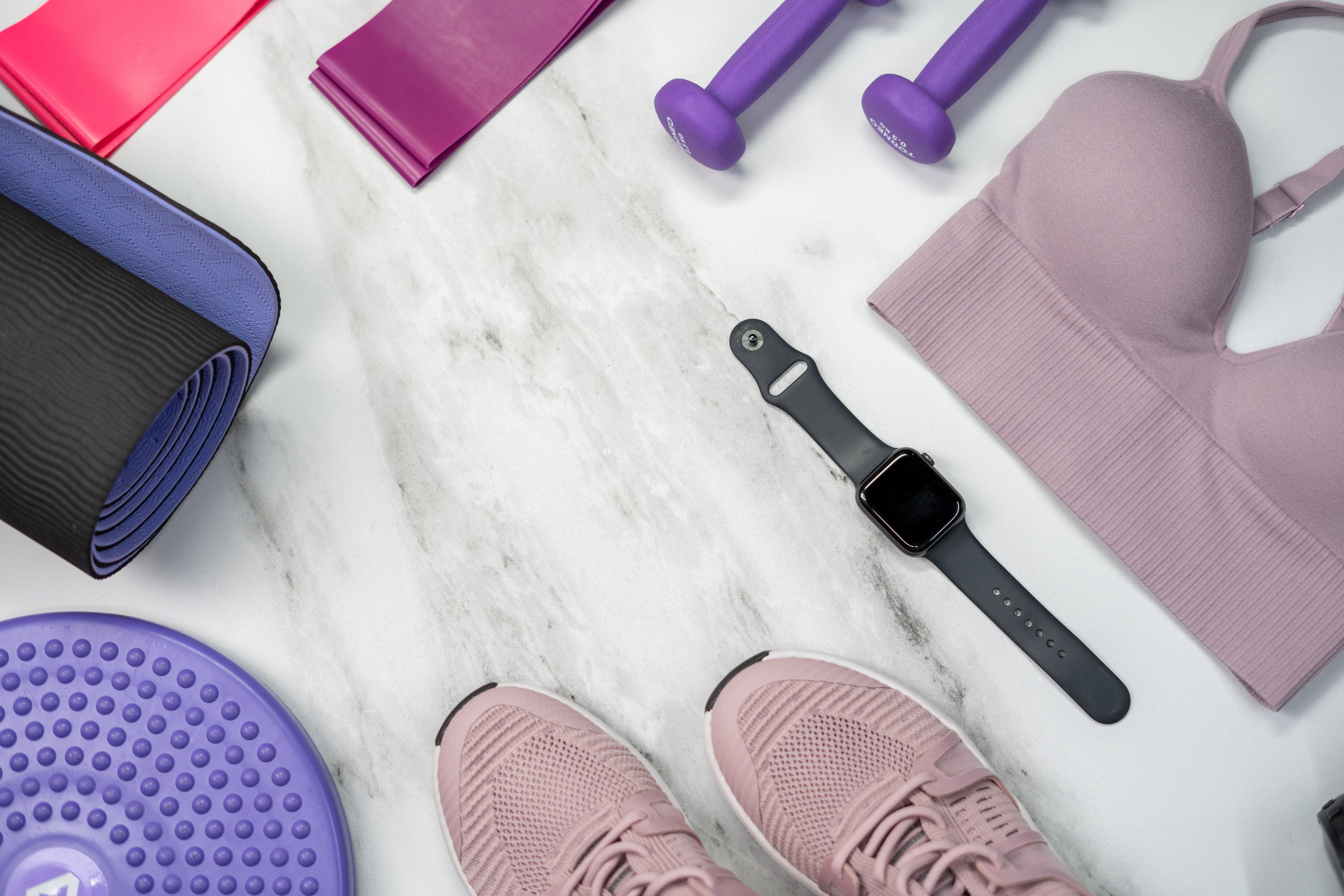CW: This story contains reflections on eating disorders that may be triggering to some readers.
At the beginning of fall quarter, I received another one of those emails to fill out a survey for an opportunity to participate in a paid study. I didn’t realize that I would be contacted by the Stanford Psychiatry Department for an obsessive eating disorder. Later, I “qualified” for the second stage phone assessment and then “passed” the third stage in-person diagnosis. In my mind, my eating behaviors were irregular but not concerning. I suspect it may partially be attributed to my cultural background — I often witnessed classmates back home fat-shaming each other if their Body Mass Index (BMI) exceeded 17 (underweight/borderline underweight). It didn’t help that normal weight was the socially defined overweight back home. Welcome to the world of impossible beauty standards.
In the in-person assessment, I casually recounted my high school practice of eating breakfast during lunch, secretly disposing of my lunch when I got home and napping during dinner time to wake up with a “poor appetite” — all of which, at the time, sounded perfectly normal to me.
I didn’t know that binge-eating was also an eating disorder because I reported my 20lb (9kg) weight gain in the span of a quarter, deeming it normal. I visited the dining hall three times per meal to get three to four plates during each visit and then tried to empty my stomach with two fingers down my throat. It didn’t happen often, but it happened. I felt “oily” for bringing back plates and plates of sinful Late Night food, but I couldn’t restrain myself from letting those items disappear into my mouth. It didn’t occur to me that my interviewer checked off another Eating Disorder box when I revealed that I consumed 14 rolls of Fruit by the Foot, two bowls of Mango ice cream, a bowl of frozen whipped cream and popcorn for my midnight snack in one sitting the day before, after already consuming a whole dinner amount of food.
On the Taiwanese news one day, they introduced May Liu (@may8572fit), a Taiwanese Instagram and YouTube health influencer who promoted a balanced lifestyle. Her YouTube channel and Instagram page included both workout videos and delicious meals that she makes every day. With a balanced diet and a moderate amount of working out, she created a whole new movement to shatter our preconceived notions of fit. Her transformative journey inspired many from home; skinniness and thigh gaps were replaced with fitness and stamina. Liu confidently showed the world that a healthy, built body could be viewed in a positive light.
I was inspired by her self-confidence and positive attitude, encouraging people of all ages to feel beautiful from a healthy and happy lifestyle. I stopped obsessing over influencers on Instagram who practiced a calorie-counting, tofu-only diet to maintain their lean physique. This time, I choose well-being over a socially constructed system that values impossible standards.
I started working out with friends over Zoom while following May Fit and Chloe Ting YouTube videos (with my mom exercising in the back). This was my first intentional workout experience, and I am happy that my goal has shifted to one that focuses on health and self-confidence.
After more than a month of working out daily (give or take a few days) while continuing to eat my favorite food, I feel healthier. I think feeling healthier in and of itself should be celebrated. I am still coming to terms with clashing ideologies presented to me, but I’d like to recognize this progress toward full body-confidence and our rapidly changing societal definitions for beauty.
I am hopeful that beauty standards will continue to adapt to promote natural beauty and body confidence. I know now that we are in the center of this transformation. Beauty evolves with us. Remind you and the people around you that we are the definition of beauty and maintain hope because even our most rigid societal standards have the potential to change and improve.
Contact Crystal Chen at chen1130 ‘at’ stanford.edu.
